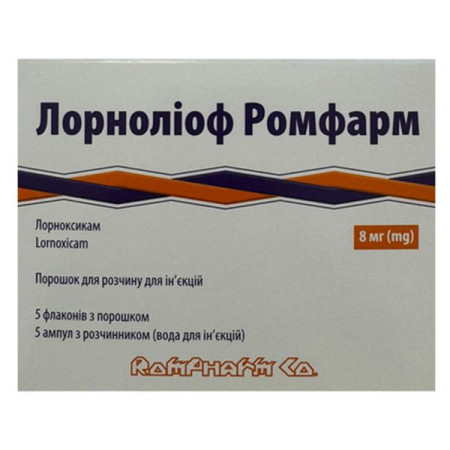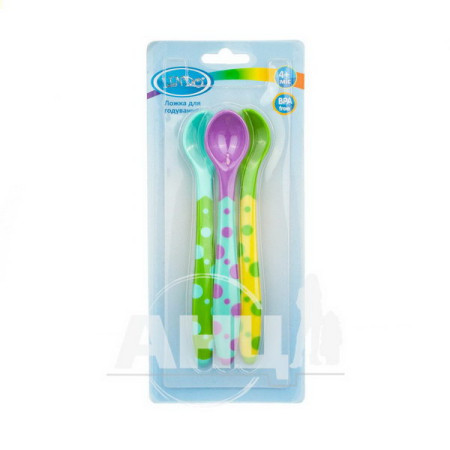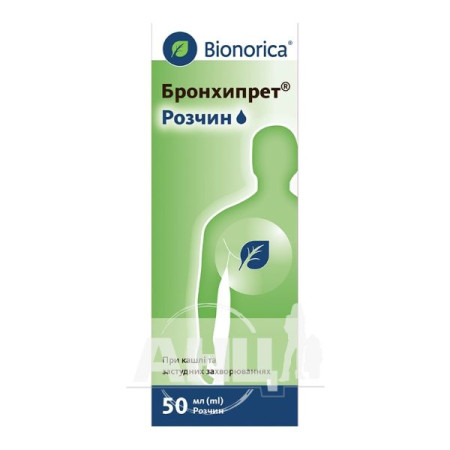Synecod syrup 1.5 mg/ml bottle of 200 ml

Instructions for Sinecod syrup 1.5 mg/ml bottle 200 ml
Composition
active ingredient: butamirate citrate;
1 ml of syrup contains 1.5 mg of butamirate citrate;
excipients: sorbitol solution 70% (E 420), glycerin, sodium saccharin, benzoic acid (E 210), vanillin, ethanol 96%, sodium hydroxide 30%, purified water.
Dosage form
Syrup.
Main physicochemical properties: transparent solution from colorless to brownish-yellowish color.
Pharmacotherapeutic group
Medicines used for coughs and colds. Cough suppressants. ATX code R05D B13.
Pharmacological properties
Pharmacodynamics
A centrally acting non-opiate antitussive. However, the exact mechanism of action remains unknown.
The active ingredient of Sinecod is butamirate citrate, which suppresses cough and differs in its structure and pharmacological action from opium alkaloids. It is believed that this substance acts on the central nervous system. Butamirate citrate causes a nonspecific anticholinergic and bronchospasmolytic effect, which improves respiratory function. Sinecod does not cause habituation or dependence.
Butamirate citrate has a wide therapeutic range, so Sinecod is well tolerated in therapeutic doses and is well suited as a cough suppressant in children.
Pharmacokinetics
Butamirate is rapidly absorbed, distributed in the body and further hydrolyzed mainly to 2-phenylbutyric acid and diethylaminoethoxyethanol, which also have antitussive activity. 2-phenylbutyric acid is further partially metabolized by hydroxylation. Butamirate and 2-phenylbutyric acid in the body are highly bound to blood proteins.
The effect of food on bioavailability has not been confirmed. The metabolism of butamirate to 2-phenylbutyric acid and diethylaminoethoxyethanol is completely proportional in the dose range of 22.5–90 mg.
Measurable concentrations of butamirate are detected in the blood within 5 to 10 minutes after administration of 22.5 mg, 45 mg, 67.5 mg and 90 mg. Peak plasma concentrations are reached within 1 hour for all four doses with a mean peak plasma concentration of 16.1 ng/mL for the 90 mg dose.
The mean maximum plasma concentration of 2-phenylbutyric acid is reached within 1.5 hours with the highest exposure observed after 90 mg (3052 nanograms/mL).
The mean maximum plasma concentration of diethylaminoethoxyethanol is reached within 0.67 hours with the highest exposure observed after 90 mg (160 nanograms/mL).
Metabolites are excreted mainly by the kidneys. Butamirate is detected in the urine up to 48 hours after administration. According to the results of measurements, the half-life for butamirate is 1.48–1.93 hours, for 2-phenylbutyric acid – 23.26–24.42 hours, for diethylaminoethoxyethanol – 2.72–2.90 hours.
There is no evidence of the influence of liver and kidney dysfunction on the pharmacokinetic parameters of butamirate.
Indication
Symptomatic treatment of cough (including dry) of various origins.
Contraindication
Hypersensitivity to the active or excipients of the drug.
Interaction with other medicinal products and other types of interactions
Concomitant use of expectorants should be avoided. The exact mechanism of interaction with other drugs is not known, but the central mechanism of action of the drug, which suppresses cough, may be enhanced by the action of strong depressants, including alcohol.
Application features
Given that butamirate suppresses the cough reflex, the simultaneous use of expectorants should be avoided, as this may lead to mucus stagnation in the respiratory tract, which increases the risk of bronchospasm and respiratory tract infection.
The syrup contains sweeteners - sodium saccharin and sorbitol (284 mg per 1 ml), so it can be prescribed to patients with diabetes. Sorbitol may cause gastrointestinal discomfort and a mild laxative effect.
Sorbitol is a source of fructose and should not be used in patients with fructose intolerance. It should not be used in patients with rare hereditary problems of lactose intolerance or glucose-galactose malabsorption.
The medicinal product contains a small amount (less than 100 mg per dose) of ethanol (alcohol), which is less than 100 mg per dose. The medicinal product contains less than 1 mmol sodium (23 mg) per dose, i.e. essentially sodium-free.
If the cough persists for more than 7 days, you should consult a doctor.
Patients whose symptoms worsen or do not improve within 7 days and/or are accompanied by fever, rash, or persistent headache should undergo further investigation to identify the underlying cause of the condition.
Keep out of the reach and sight of children.
Use during pregnancy or breastfeeding
During pregnancy, Sinecod can be used only as prescribed by a doctor if there are direct indications for such treatment. If the expected benefit to the pregnant woman outweighs the possible risk to the fetus, the lowest effective dose and the shortest duration of treatment should be considered.
It is not known whether the active substance and/or its metabolites pass into breast milk.
For safety reasons, the benefits and risks of using Sinecod during breastfeeding should be carefully weighed. The use of the drug during breastfeeding is possible only on the advice of a doctor if, in his opinion, the expected positive effect for the mother outweighs the potential risk to the child. In this case, the lowest effective dose and the shortest duration of treatment should be considered.
The ability to influence the reaction speed when driving or working with other mechanisms
May cause fatigue and affect reactions when driving vehicles or using other mechanisms.
Method of administration and doses
For oral use only.
Children aged 3 to 6 years: 5 ml (7.5 mg) 3 times a day; maximum daily dose – 15 ml (22.5 mg);
children aged 6 to 12 years: 10 ml (15 mg) 3 times a day; maximum daily dose – 30 ml (45 mg);
adolescents aged 12 years and over: 15 ml (22.5 mg) 3 times a day; maximum daily dose – 45 ml (67.5 mg).
Adults: 15 ml (22.5 mg) 4 times a day; maximum daily dose is 60 ml (90 mg).
The measuring cup should be washed and dried after each use and after use by another person.
The maximum course of treatment without a doctor's prescription should not exceed 1 week.
It is advisable to take the drug before meals.
The lowest dose necessary to achieve effectiveness should be used for the shortest possible treatment period.
Do not exceed the specified dose.
Children
The drug in this dosage form is not used for children under 3 years of age; another dosage form can be used, namely Sinecod, oral drops for children.
Overdose
An overdose of Sinecod may cause the following symptoms: drowsiness, nausea, vomiting, diarrhea, dizziness, and hypotension.
Further treatment should be carried out according to clinical indications.
There is no specific treatment for butamirate overdose. If an overdose occurs, the patient should be treated symptomatically and vital signs monitored.
Side effects
Nervous system disorders (uncommon: ≥ 1/10,000, < 1/1,000): dizziness, drowsiness.
Gastrointestinal disorders (uncommon: ≥ 1/10,000, < 1/1,000): nausea, diarrhea.
Immune system disorders (uncommon: ≥ 1/10,000, < 1/1,000): anaphylactic shock.
Skin and subcutaneous tissue disorders (uncommon: ≥ 1/10,000, < 1/1,000): angioedema, skin rash, urticaria, itching.
Expiration date
3 years.
Storage conditions
Store out of the reach and sight of children at a temperature not exceeding 30°C.
Packaging
100 ml or 200 ml in a bottle with a lid and a measuring cup; 1 bottle in a cardboard box.
Vacation category
Without a prescription.
Producer
Khaleon KH S.a.r.l. / Haleon CH Sarl
Location of the manufacturer and its business address
Route de l'Etraz 2, Nyon, 1260, Switzerland
There are no reviews for this product.
There are no reviews for this product, be the first to leave your review.
No questions about this product, be the first and ask your question.









